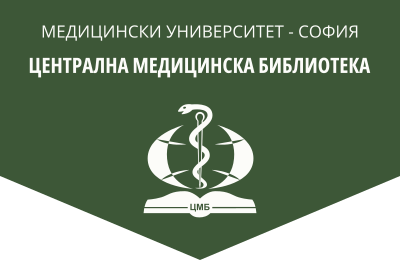Nitrosamine-related phototoxicity/photocarcinogenicity, drug contamination and melanoma development: facts and/or controversies based on two new cases
Medical Review (Med. pregled), 2025, 61(4), 50-54.
S. Kordeva1, C. S. Henry1, J. M. Joseph1, G. Tchernev1, 2
1 Onkoderma – Clinic for Dermatology, Venereology and Dermatologic Surgery
2 Department of Dermatology and Venereology, Medical Institute of Ministry of Interior – Sofia
Abstract. Although phototoxicity as a chemical phenomenon is well-researched and understood, its occurrence in certain drug batches remains somewhat elusive. The uncertainty surrounding why certain drug batches are affected while others are not extends to the associated risk of photocarcinogenicity, underscoring the need for focused and comprehensive research. Unfortunately, these occurrences are often overlooked, with greater emphasis placed on addressing the substantial financial burden of managing the side effects – phototoxicity and its potential progression to photocarcinogenicity. The wide range of contamination with nitrosamines creates prerequisites for easy follow-up in the context of so-called clinicopathological correlations. Assuming that the linking link is the phototoxicity and genotoxicity of these substances, it could be easily established after the intake of which substances skin tumors develop. We present two consecutive patients with melanomas who developed them against the background of taking a potentially/actually nitrosamine-contaminated medication: 1) in patient 1, the medications were valsartan, nebivolol, and hydrochlorothiazide, each of which is available on the FDA list for possible photo/ carcinogen contamination, and 2) in patient 2, the patient developed melanoma on a background of taking bisoprolol, metformin, and lercanidipine. The possible new thesis of melanoma pathogenesis, known as photo/nitroso carcinogenesis or oncopharmacogenesis, is commented in detail. We live in an era of “cancer pandemic”, reducing cancer rates must be a shared priority – not only for clinical physicians but also for the pharmaceutical companies. The first step toward a solution is acknowl- edging the problem. The current issue is evident and necessitates acknowledgment through careful observation and analysis of the clinicopathological correlations.
Key words: melanoma, nitrosamine contamination, nitrosogenesis, pharmaco-oncogenesis, phototoxicity, photocarcinogenicity, nebivolol, valsartan/hydrochlorothiazide, lercanidipine, bisoprolol, metformin
Address for correspondence: Prof. Georgi Tchernev, MD, e-mail: georgi_tchernev@yahoo.de
